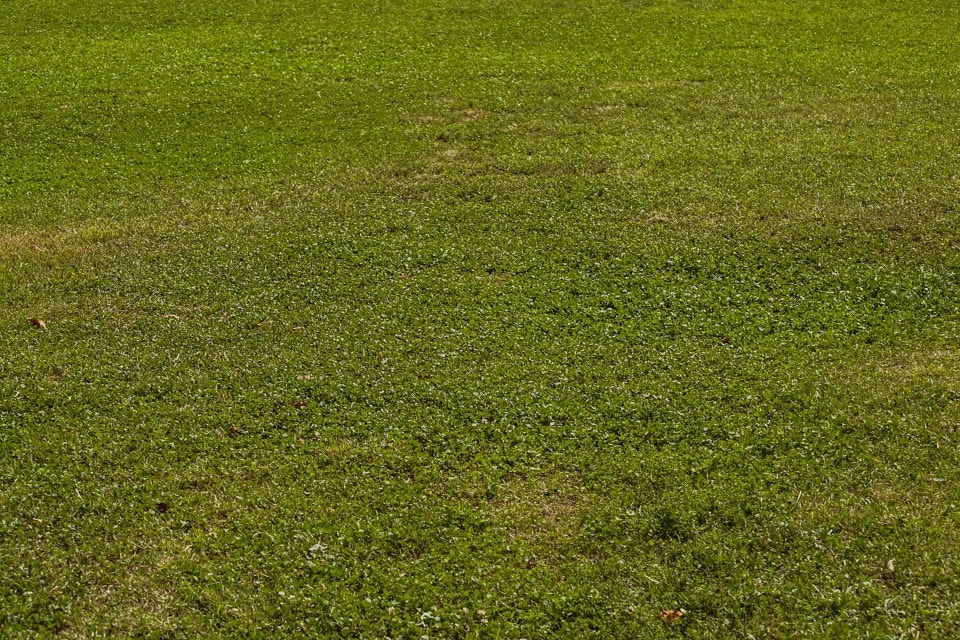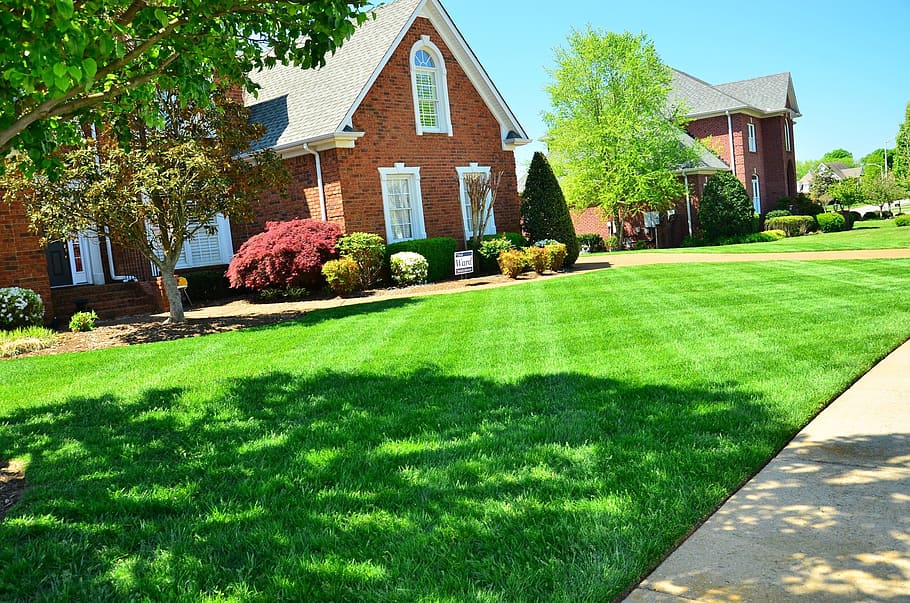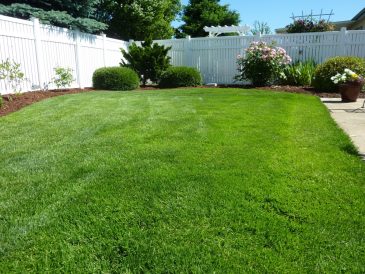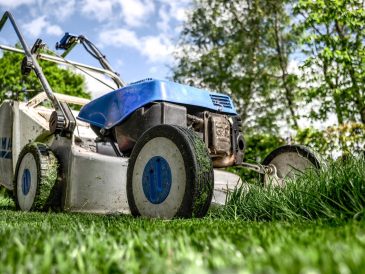Mastering the Art of Weed Control: A Comprehensive Guide to Weed-Free Lawns
Maintaining a lush and vibrant lawn requires more than just regular mowing and watering. One of the key tasks in lawn care is weed control. Weeds not only detract from the overall appearance of your lawn but also compete with the grass for essential nutrients and moisture. In this blog post, we will guide you through the process of effectively and efficiently weeding your lawn, ensuring a healthy and weed-free outdoor space.
Understanding Common Lawn Weeds
Before you embark on your weeding journey, it’s crucial to familiarize yourself with the common types of weeds that may invade your lawn. Dandelions, crabgrass, clover, and broadleaf weeds are some of the most prevalent culprits. Knowing their characteristics and growth habits will help you identify them accurately and choose the most appropriate weed control methods.
Manual Weed Removal
Manual weeding is the most traditional and straightforward method of removing weeds from your lawn. Armed with a hand tool like a dandelion digger or a weeding knife, you can physically uproot the weeds from the soil. It’s essential to grasp the weed as close to the base as possible and gently pull it out, ensuring you remove the entire root system. This method is best suited for smaller lawns or areas with isolated weed patches.
Chemical Weed Control
In cases where manual weeding is not sufficient or practical, chemical weed control methods can be employed. Herbicides designed specifically for lawn weed control can be applied to target and eliminate unwanted weeds. It’s important to choose a herbicide that is safe for use on lawns and carefully follow the manufacturer’s instructions for application. Additionally, selective herbicides target specific types of weeds while minimizing harm to the surrounding grass.
Preventive Measures
Preventing weeds from taking over your lawn is an essential aspect of long-term weed control. Regular lawn maintenance practices such as proper mowing height, adequate watering, and fertilization help promote healthy turf growth, making it more resistant to weed infestations. Additionally, overseeding bare or thin areas of your lawn helps to fill in gaps and reduces space for weed establishment. By creating a dense and robust lawn, you make it more challenging for weeds to thrive.
Maintaining a Weed-Free Lawn

Even after successfully weeding your lawn, ongoing maintenance is crucial to keeping it free from future weed invasions. Regularly inspect your lawn for any signs of weed growth and promptly address them before they have a chance to spread. Maintaining healthy lawn care practices, such as proper irrigation, regular fertilization, and appropriate mowing techniques, will help create an environment where weeds find it difficult to establish and flourish.
Additional Tips for Weed Control
Here are a few extra tips to enhance your weed control efforts: consider mulching your garden beds to suppress weed growth, use a pre-emergent herbicide to prevent weed seeds from germinating, and remove weeds promptly before they produce seeds and spread further. By incorporating these strategies into your weed control routine, you’ll have a better chance of maintaining a weed-free lawn.
Conclusion
Achieving and maintaining a weed-free lawn requires a combination of effective weed control techniques and consistent lawn care practices. By understanding common lawn weeds, utilizing manual and chemical weed control methods when necessary, implementing preventive measures, and staying vigilant with maintenance, you can enjoy a lush and healthy lawn. Remember, weed control is an ongoing process, and regular attention to your lawn will reward you with a beautiful outdoor space that you can be proud of.
Note: Always follow local regulations and guidelines regarding the use of herbicides and ensure proper safety precautions are taken during the weeding process.





